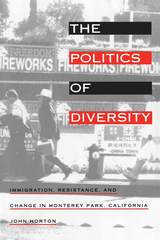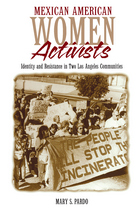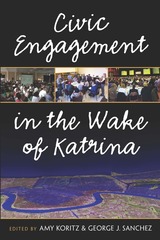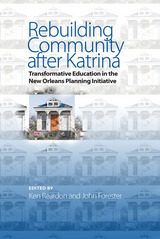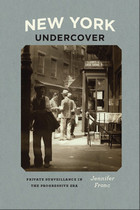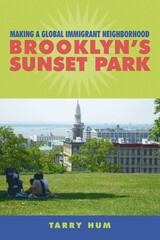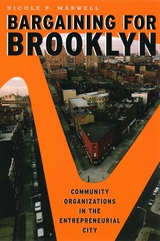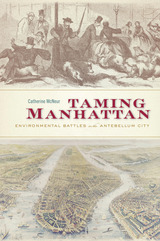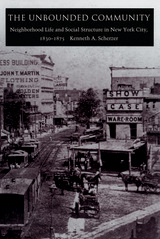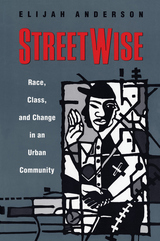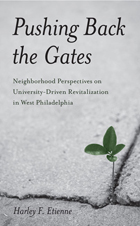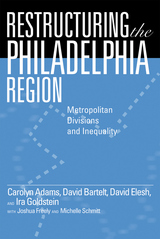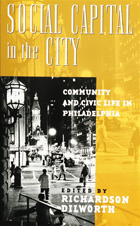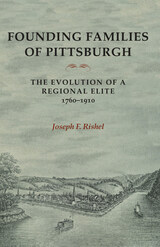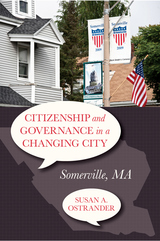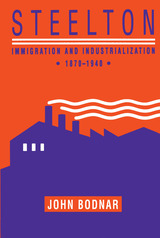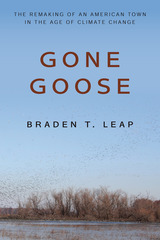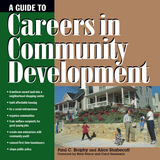Cloth: 978-0-674-93946-2
Library of Congress Classification HN80.P5L36
Dewey Decimal Classification 301.6330974811
Roger Lane uses the statistics on violent death in Philadelphia from 1839 to 1901 to study the behavior of the living. His extensive research into murder, suicide, and accident rates in Philadelphia provides an excellent factual foundation for his theories. A computerized study of every homicide indictment during the sixty-two years covered is the source of the most detailed information. Analysis of suicide and accident statistics reveals differences in behavior patterns between the sexes, the races, young and old, professional and laborer, native and immigrant, and how these patterns changed overtime.
Using both these group differences and the changing overall incidence of the three forms of death, Lane synthesizes a comprehensive theory of the influences of industrial urbanization on social behavior. He believes that the demands of the rising industrial system, as transmitted through factory, school, and bureaucracy, combined to socialize city dwellers in new ways, to raise the rate of suicide, and to lower rates of simple accident and murder. Finally, Lane suggests a relation between these developments and the violent disorder in the postindustrial city, which has lost the older mechanisms of socialization without finding any effective new ones. Original and probing, Lane's combination of statistics and theory makes this a significant new work in social, urban, and medical history.
See other books on: Accident | Philadelphia | Philadelphia (Pa.) | Suicide | Violence in Society
See other titles from Harvard University Press



